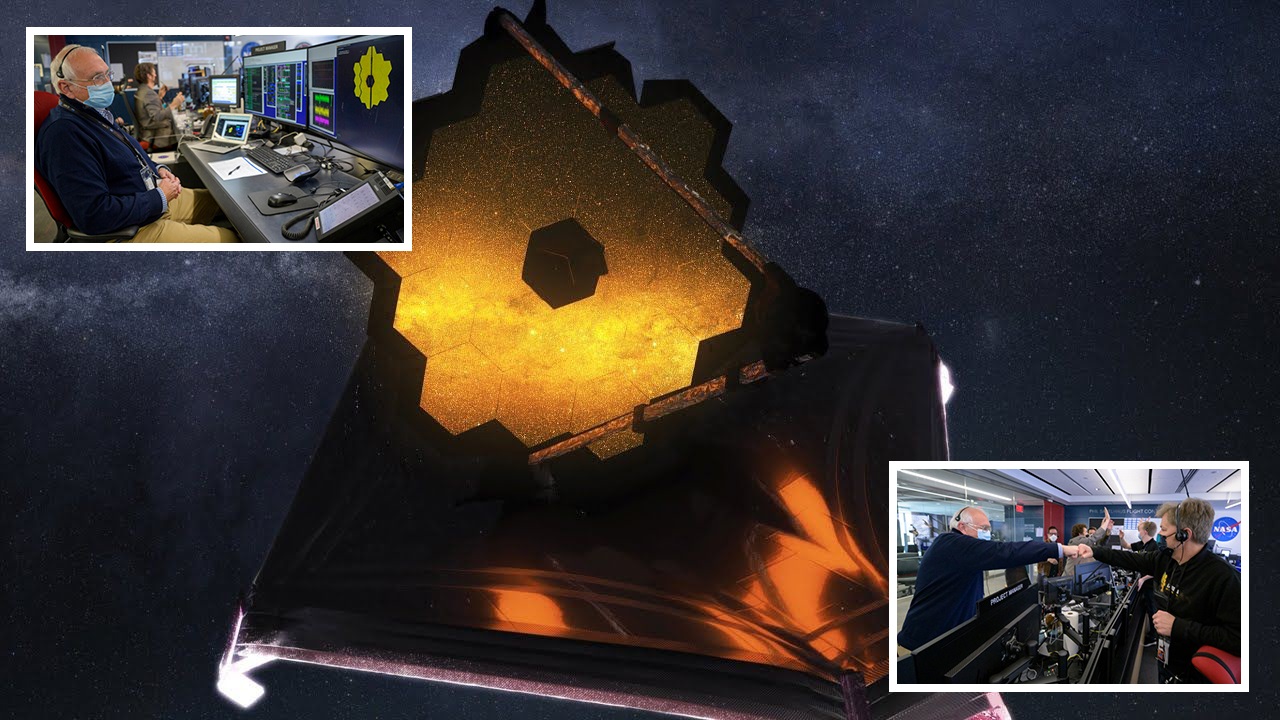To the world, NASA’s freshly launched space telescope represents a historic achievement in scientific research. With this new Hubble, we will be able to see practically everything in the universe, from the nearest stars to the furthest galaxies.
“Mama’s telescope” is what Jane Rigby’s kid refers to it as.
Her small kid would accompany her to the NASA facility in Maryland where the James Webb Space Telescope was being built. To avoid contamination, they would stand together on an observation platform above a large, glass-walled chamber from which they could observe the technicians working.
There were 18 beryllium-coated gold tiles put one by one throughout the years, and then the scientific apparatus were bolted into position. I asked Rigby how long it took him to realize that not everyone at work had a telescope. “So where is your telescope at work?” he asked my wife.”
Via Christmas morning, Rigby’s 8-year-old son witnessed the historic launch of Webb on a webcast. Launched from the French Guiana spaceport in South America, Webb is a multinational project headed by NASA.
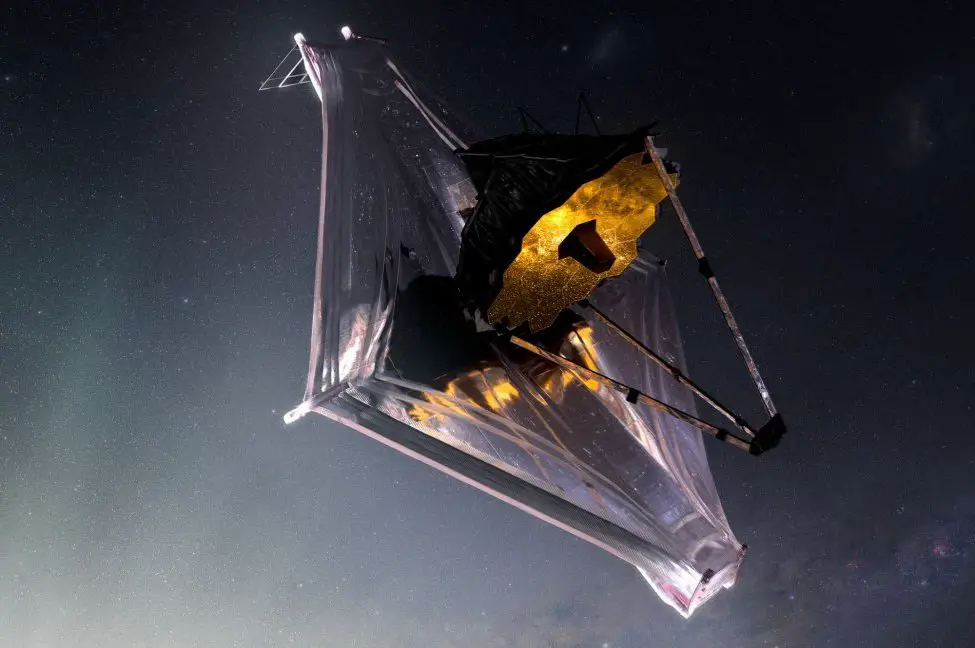
Controllers in the United States assumed control of the telescope after it had launched into orbit. The gigantic observatory had been meticulously crumpled and folded up by engineers in order to fit on top of a rocket. It was now time for Webb to unfold in outer space.
A complex deployment like this had never been tried by NASA before, and there were a zillion things that might go wrong. It is possible that NASA might be forced to cancel its brand-new, $10 billion mission if a critical component got jammed—for real this time.
For over two weeks, Webb’s stewards had labored constantly, rotating 12-hour shifts and double-checking data while dozens of tiny mechanisms sprang to life and began to operate as one.
The last piece of the puzzle was put in place this afternoon. Astronomers and engineers have feared the deployment phase of the project for years, but it is now finished. Rigby was in the mission-operations room at the Space Telescope Science Institute in Baltimore, Maryland, when they made the announcement. Webb, once little and squished, is now a full-fledged telescope in orbit.
In a thunderous launch, the Webb telescope, named for a former NASA administrator, took off from a rain-forest-surrounded spaceport. There was a palpable sense of excitement and nervousness in the air in the days leading up to the launch.
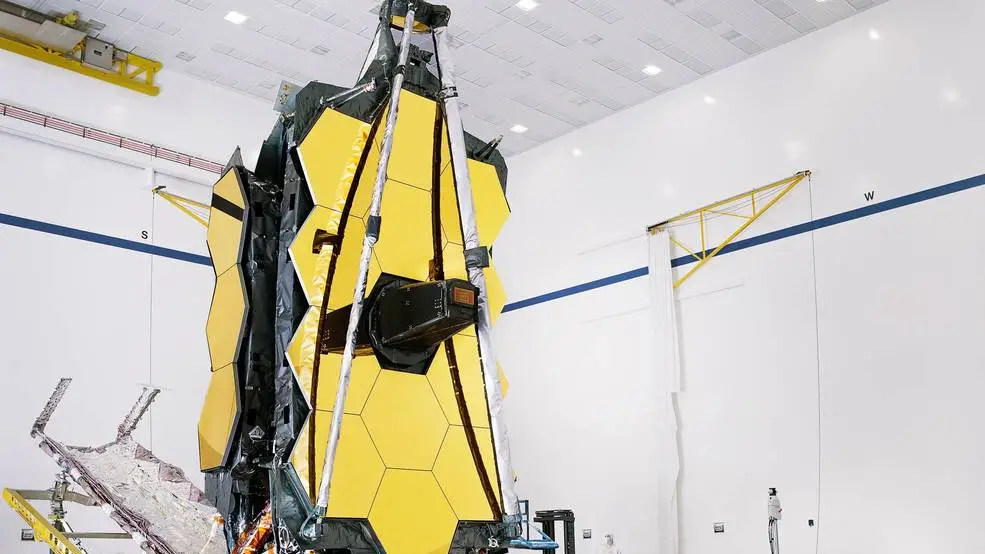
There was an anxious look before a confident one on the faces of the engineers and scientists when I enquired about the launch. There was no danger in Webb’s launch since he was riding on one of the most dependable rockets available. The deployment procedure, on the other hand, was a whole other storey. In response to my question, their face would transform into an exact replica of the grimace emoticon.
Yes, astronauts were able to construct the International Space Station and repair the Hubble Space Telescope while in space. After Webb was launched, they would be unable to assist. The mission is a sequence of “this needs to work” events that are very difficult. The next Hubble would have become a new piece of space trash if anything had jammed during deployment and could not be freed.
After just 30 minutes of operation, the first “this needs to work” moment arose. The observatory let go of its solar panel and stretched it out toward the sun like an insect’s wing. Now that the observatory is self-powered, the scientists can go on to the next item in the checklist, which is becoming ever more complicated.
As a result, the deployment process reminded me of the Showstopper Challenge from The Great British Bake Off. As with bakers, engineers had shown the world a picture of their gorgeous space telescope and now had to make it a reality.
Astronomers all across the globe were bracing for some kind of tragedy to collapse the endeavour in order to utilise Webb’s data in their studies. Some of the motors got a bit overheated by the sun, so engineers relocated the observatory slightly away from the sun in order to cool them down. Coronavirus was found in certain workers, so they stayed at home and worked from there.
Even though Webb’s diamond-shaped sun shield is designed to protect its instruments and mirrors from the glare of the sun, the deployment of the shield was the most nerve-wracking portion.
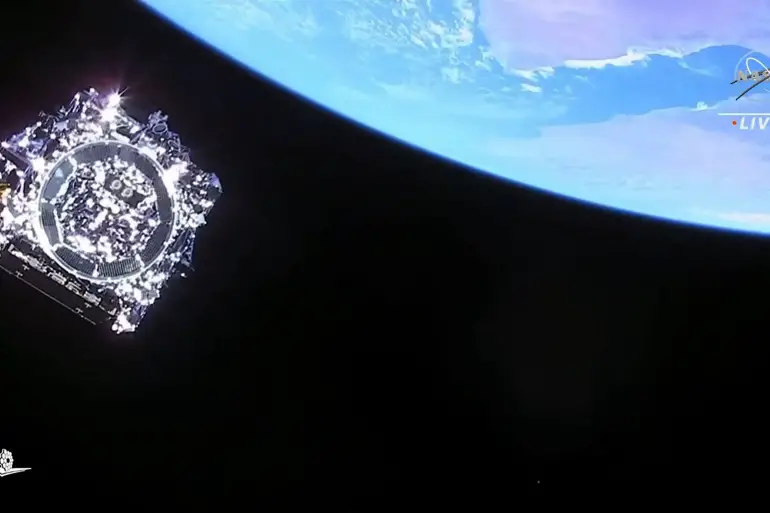
There are five tiers to the tennis court-sized shield, and each tier is as thin as a human hair. Pre-launch engineers had warned that this solar shield’s floppy and unpredictable nature may cause the mission to fail. Engineers had predicted that each layer would click into place just as they had envisioned earlier this week. After the event, Webb’s deployment systems head, Alphonso Stewart, told reporters, “We have nailed it.
Engineers achieved the crucial “has to work” moment this morning by adjusting the telescope’s honeycomb-shaped mirrors.
Some of the mission’s crew members are perhaps the most astonished by this result. Every part of the observatory had been thoroughly checked and retested by engineers, who concluded that they had done their best. Webb, on the other hand, is a labour of love that has taken over two decades to complete and has been plagued by a slew of technical issues.
The phrase “failure is not an option” was repeated so frequently by NASA that I started to wonder whether everyone was part of a collective hallucination regarding Webb’s prospects. Prior to the launch, I chatted with NASA systems engineer Mike Menzel about the mission’s high-stakes deployment.
This is how you persuade yourself, “Heaven forbid,” that I have done everything that is humanly possible. “Yeah, horrible things may happen. I know that. There are several negative outcomes that are possible. But, to date, none of these dreadful events have occurred.
Webb still has a long way to go before he reaches his full potential. Those gold-plated mirrors need a little tweaking, and the observatory’s rockets need a little more power to blast it further into space. Even after the scientific equipment on Webb has been operational for a few weeks and the public has seen the first stunning photographs, the mission cannot be considered a complete success just yet.
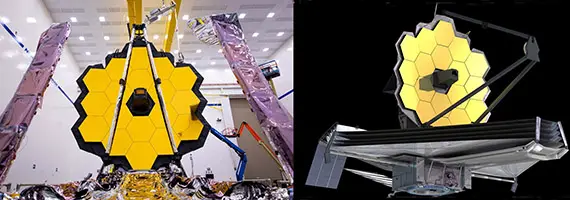
The Webb space telescope is still its route to an orbit 1 million miles from Earth, where it will have a clear view of the cosmos. This sun shield, coated in aluminum, was discovered by an amateur astronomer only days ago in the night sky. It was a faint silver splinter. Webb’s sparkling mirrors and still-slumbering research equipment have already been bathed in the light of faraway galaxies. Soon, the rest of the telescope will wake up and begin to make sense of what is going on here.

